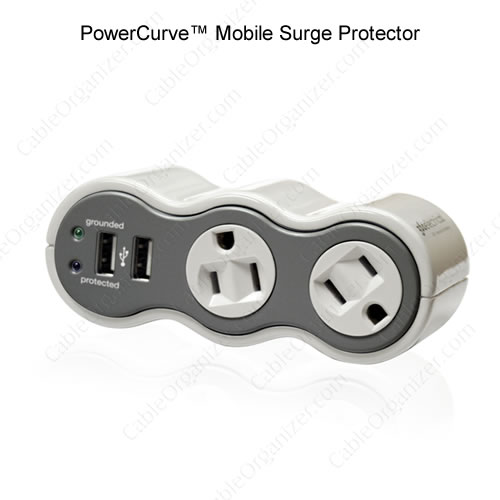
A programmable or smart thermostat is not just something for convenience to store your home’s preferred temperatures. With over 50% of the typical household’s energy consumption allocated to heating and cooling, these devices can go a long way in cutting into that expense. An ENERGY STAR® programmable or smart “learning” thermostat — one that has received the approval of the U.S. government’s ENERGY STAR® program for energy efficiency — gets to know your routine to maintain uniform temperatures. It is a common misconception that you will save more if you keep your heat or air off and then blast one or the other as needed. It is also important to keep comfortable base temperatures in the cooler months to ensure the pipes of your home neither freeze nor burst. That variable routine is less energy efficient because of the effort your heating, ventilation and air conditioning (HVAC) system expends to deliver heat and air. Depending on your household’s routine, your temperature will be set — or automatically adjust with smart models — to match your needs and preferences.
Heating and cooling experts suggest a good rule of thumb to potential energy savings — a homeowner or tenant is likely to save approximately 2% on every bill for each degree their thermostat is bumped down in the cooler months and up in the warmer months.
Depending on the programmable or smart thermostat you purchase, the ones on the lower end of the cost scale may be equipped with a few basic features that remember preferred temperatures with the push of a button. The more complex programmable ones may have several settings during the day (either four intervals at six hours each or three intervals at eight hours) that allow you to set your ideal temperatures during weekday daytime hours for when you are likely out of the house, when you have returned to your home and while you are sleeping. These models usually have separate weekend programming capabilities to allow you to fix chosen and comfortable temperatures during the timeframe that you are probably in your house. Smart thermostats are designed to anticipate your schedule and adjust accordingly. For example, many smart types that connect to your Wi-Fi track your movements via geofencing technology. Your system monitors where you are and gradually tweaks temperatures to a baseline, depending on your proximity to your home. In cooler months after you leave your house, it can evenly lower the heat to an adequate temperature that maintains your home’s warmth. When it is hotter outdoors, after you leave, your smart thermostat will begin slowly lowering the air conditioning. Though the U.S. Department of Energy recommends baseline daytime temperatures of 68°F in cooler months and 78°F in the warmer months while you are at home — changing them while you sleep, have left your home or are on vacation — settings will also depend on the ages of those living in the home or if you have pets. Smart thermostats can also set up various zones to heat or cool a section as needed. Maintaining the zones is less costly than heating up or cooling down your entire place at once.
The benefits of staying energy efficient are beyond your household’s walls. Every person is a key player in the planet’s fight against global warming, conserving energy and the environment, whether the electricity they use is non-renewable. Programmable and smart thermostats prevent energy waste, with smart thermostats even enabling a person to control the temperatures in their space from a phone app, whether they are home or away. When each person takes small steps in conserving energy within their home, they become part of bettering the world overall.
Looking for other ways to trim energy usage in your home? Shop at CableOrganizer® for a range of energy-saving items including:
LED photocell security camera illuminators, electrical switches with motion detection sensors, surge protectors and more.


